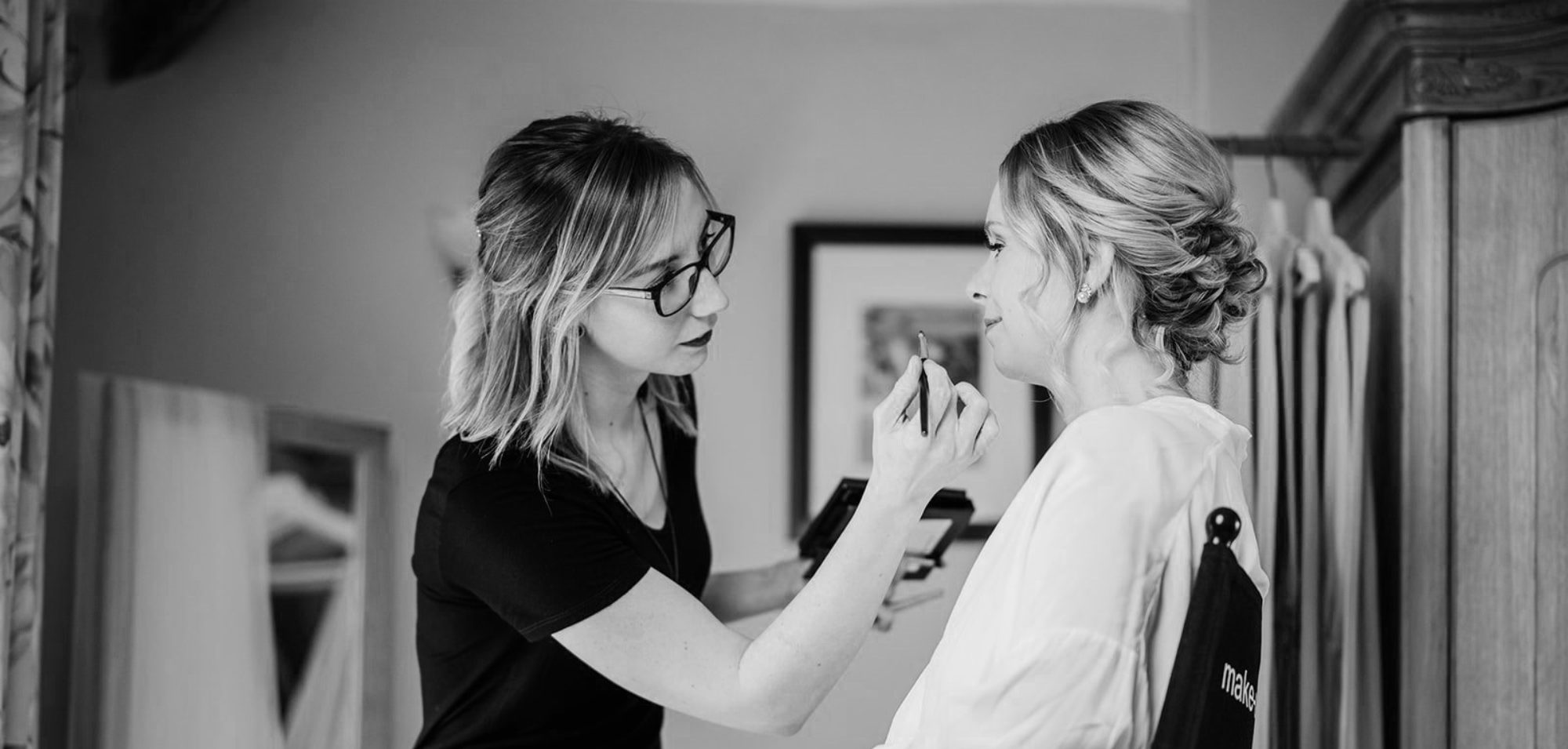1901AD – 1919AD

Cosmetics made a comeback in the Edwardian era, especially as products were more affordable for a lot more people.
Wearing and buying cosmetics was still secretive, up until 1909 when Gordon Selfridge opened ‘Selfridges’ department store on Oxford Street in London. This was the first place women could openly buy make-up and the place that made beauty counters what they are today.
Skincare:
Edwardian women wanted to keep their skin wrinkle free so they would apply oils to their skin and ate diets rich in vegetables, fruits and water.
They would use electrolysis (an electric needle) to remove birthmarks, scars and hair.
They also made creams from cocoa butter, almond oil, lanolin, witch hazel to keep their skin soft and facial tonics from lemon juice to achieve the pale complexion.
Make-up:

The ideal beauty was pale skin, rosy cheeks and brunette hair.
Women used a white enamel paint made with lead to achieve their pale complexions. However, tinted liquid bases were also used and they would choose a lighter shade than their skin. Rice powder or pearl powder would be applied on top.
For a healthy flush on the cheeks, they would apply rouge, then for lips they would be stained with geranium and poppy petals to create a ‘bitten lip’ effect. Cosmetic brands would sell lip colours in little tubs or wrapped in paper and were made from carmine in various shades.
Eye make-up wasn’t very common; however some did darken their eyelids with burnt matchsticks. There were also pastes available in browns, greys and lemon colours that were applied on the lids very faintly. In 1914, Max Factor introduced the first commercial eye shadows made from henna extracts. Maybelline bought out the first ‘cake’ mascara in the 1910’s, which was made from sodium stearate (a type of soap.)
Eyebrows were the main focus for Edwardian women; they would use eyebrow pencils to draw attention to them.
They also continued to use the poisonous belladonna eye drops to brighten their eyes.
Hair:
Unlike times before, Edwardian women started to wash their hair more. Shampoos became popular and ‘brilliantine’ was used to make hair shiny.
As it was fashionable for women to have darker hair, they would dye their hair with henna to create copper shades.
They thought grey hair was bought on because hair was dry, so they would apply mixtures of glycerine oil, rum and bergamot oil.
The 1900s saw the rise of the ‘Gibson Girl’, these were sketches of beautiful women by Charles Dana Gibson, and lots of young women wanted to look like them. They had high pompadour up-dos that were rounded and rolled on the head away from the face with the ears visible. They were achieved by backcombing, and adding in false hair, rats, pads etc.
In 1914, Irene Castle, a ballroom dancer, cut her hair off short into a bob; this made a craze for the “Castle Bob”. She then wore a necklace around her head, “Castle Band”, which took off as well. This trend for bobs during the First World War carried on into the twenties.

NEXT: 1920’s
BACK: Victorian Period

